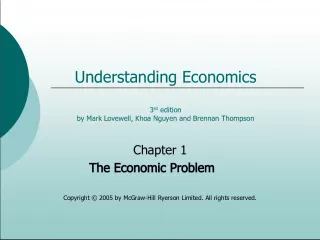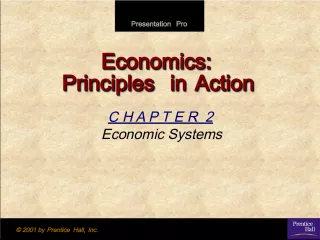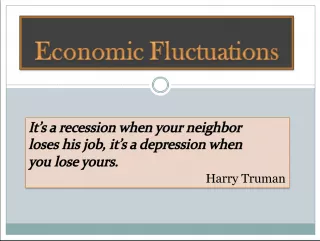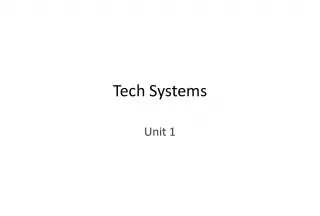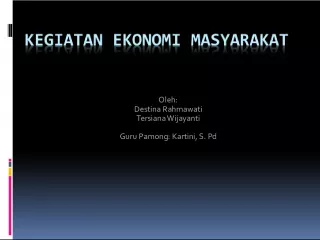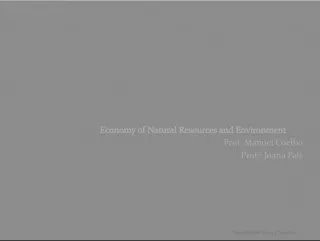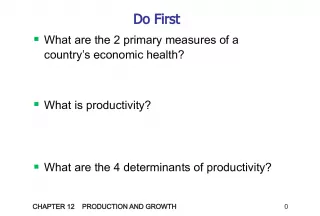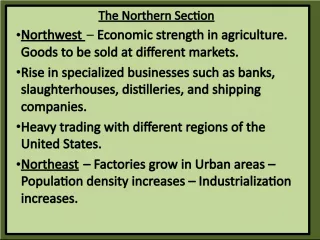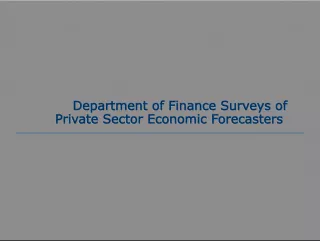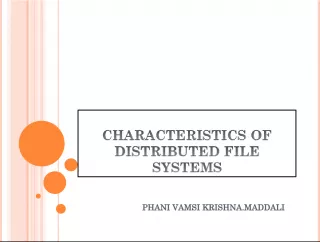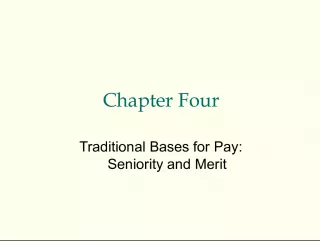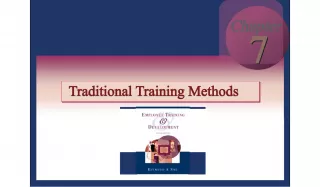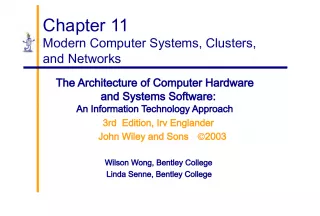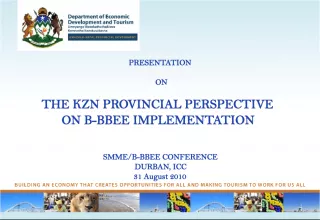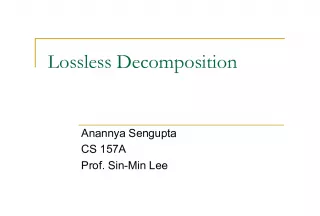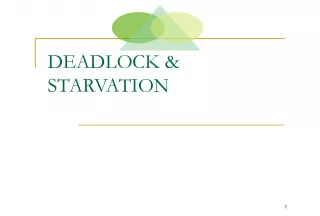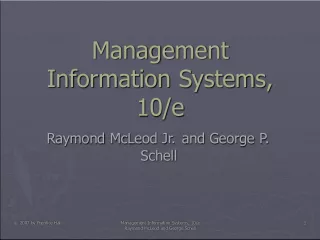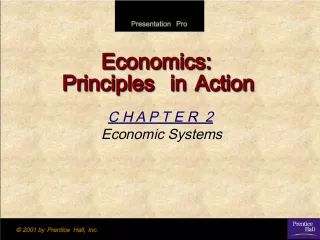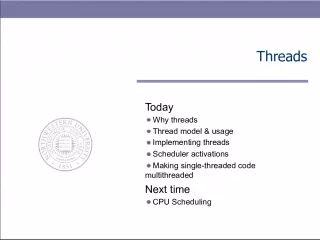Understanding Traditional Economic Systems


In this chapter, Mrs. Fatma Al Zahraa Khallaf discusses the principles and practices of traditional economic systems. These systems are an organized way of providing for the wants and needs of people,
- Uploaded on | 4 Views
-
 jeffreymorris
jeffreymorris
About Understanding Traditional Economic Systems
PowerPoint presentation about 'Understanding Traditional Economic Systems'. This presentation describes the topic on In this chapter, Mrs. Fatma Al Zahraa Khallaf discusses the principles and practices of traditional economic systems. These systems are an organized way of providing for the wants and needs of people,. The key topics included in this slideshow are . Download this presentation absolutely free.
Presentation Transcript
Slide1Chapter 2Economics Principles and Practices Mrs. Fatma Al-Zahraa Khallaf
Slide21. an organized way of providing for the wants and needs of people 2. a. use of scarce resources and other economic activity stems from ritual, habit, or custom Advantages: everyone knows which role to play; little uncertainty regarding what to produce or how to produce; for whom to produce is determined by the customs and traditions of the society
Slide3Disadvantages:tends to discourage new ideas or ways of doing things; strict roles have the effect of punishing people who act differently or break the rules; lack of progress leads to economic stagnation and a lower standard of living than in other economic systems
Slide42. b. central authority makes the major decisions about what, how, and for whom to produce; can be led by king, dictator, president, or anyone who makes the major economic decisions Advantages: can change direction drastically; many health and public services are available to everyone at little or no cost
Slide5Disadvantages:ignores basic wants and needs of consumers; gives people incentive to fill quotas in production rather than producing a good product; requires a large decision-making bureaucracy; planning bureaucracy lacks the flexibility to deal with minor day-to-day problems; rewards for individual initiative are rare
Slide62. c. people make decisions in their own best interest. Advantages: high degree of individual freedom; adjusts to change gradually over time; relatively little government interference; decision-making decentralized; variety of goods and services; high degree of consumer satisfaction
Slide7Disadvantages:does not provide for everyone— may be difficult for some people to survive; may not provide enough of some basic goods and services; high degree of uncertainty
Slide82. d. combines elements of the three other types of economic systems Advantages: provides assistance for people otherwise left out; if society has democracy, voters can use electoral power to affect what, how, and for whom decisions
Slide9Disadvantages:costs for benefits can be high; availability of services may be limited or the quality may deteriorate over time; may be less efficient than capitalism
Slide10I.A.1. choice of own occupations, employers, and uses for money I.A.2. choice of where and how to produce I.B. Fewer goods and services can be produced and fewer wants and needs can be satisfied. I.C. Any two of the following: equal pay for equal work; minimum wage; the fact that false advertising is illegal
Slide11I.D.1. adverse economic events such as layoffs and illnesses. I.D.2. disability and retirement benefits for those unable or too old to work; benefits for survivors I.E.1. They earn income by producing goods and services for others. I.E.2. People cannot support themselves or their families, nor can they produce output for others.
Slide12I.F.1. a rise in the general level of prices I.F.2. They find that bills are harder to pay and planning for the future is more difficult. I.G. It is necessary to meet the needs of a growing population. I.H. Our goals could change, or new goals could develop.
Slide13II.A. restricting individual freedom of choice II.B. fewer people may be hired; restricting employers’ freedom II.C. by comparing estimates of costs to estimates of benefits and then by voting for candidates who back a certain position
Slide141. capitalism 2. free enterprise 3. economic freedom 4. voluntary exchange 5. private property rights 6. profit 7. profit motive
Slide158. capitalism 9. competition 10. free enterprise 11. consumer sovereignty 12. mixed economy 13. modified free enterprise economy
